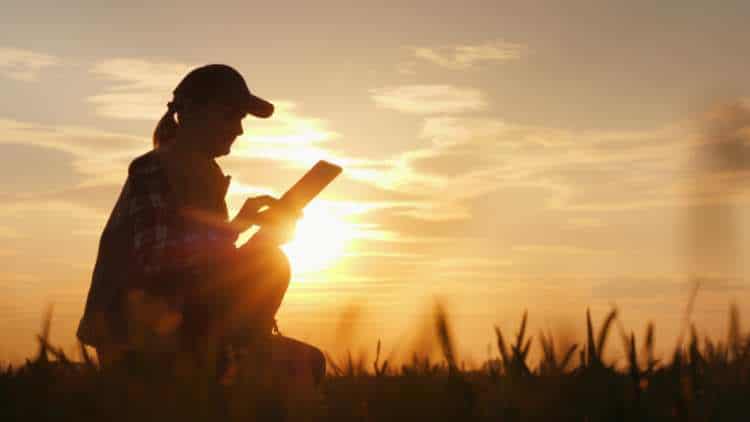FrogWatch USA
They live in backyards, parks, fields, creeks, or just about anywhere, but in many areas, their numbers are dwindling. Frogs and toads face major threats, and up to one-third of the world’s amphibian species are in danger of extinction.
Frogs and toads play an important role as both prey and predator in wetland ecosystems and are considered indicators of the health of their environments. But many previously abundant frog and toad populations have declined dramatically in the United States and around the world.
The Santa Barbara Zoo is part of FrogWatch USA, a national community science effort to identify and count frogs and toads.
The information gathered is entered into an online database from all FrogWatch chapters over the past 15 years – and may ultimately lead to practical and workable ways to stop amphibian decline.
FrogWatch Training at the Zoo
Can you hear frogs or toads from your backyard? Become a certified volunteer for FrogWatch USA to directly contribute to their conservation! After four webinar training sessions, you’ll be able to identify the calls of nine local frogs and toads and participate in a national citizen science monitoring program.
At home with no toads around? This is still a great way to learn about native amphibians with your family!
FrogWatch Trainings
February 21 from 4:30 to 6:30 PM
February 27 from 4:30 to 6:30 PM
Additional FrogWatch Resources
“It is essential that we understand the scope, scale, and cause of declines in frog and toad populations. FrogWatch volunteers have helped by gathering data for more than 10 years.”
— Estelle Sandhaus, PhD, Santa Barbara Zoo's Director of Conservation & Science
Frog Guide
Local Frogs & Toads
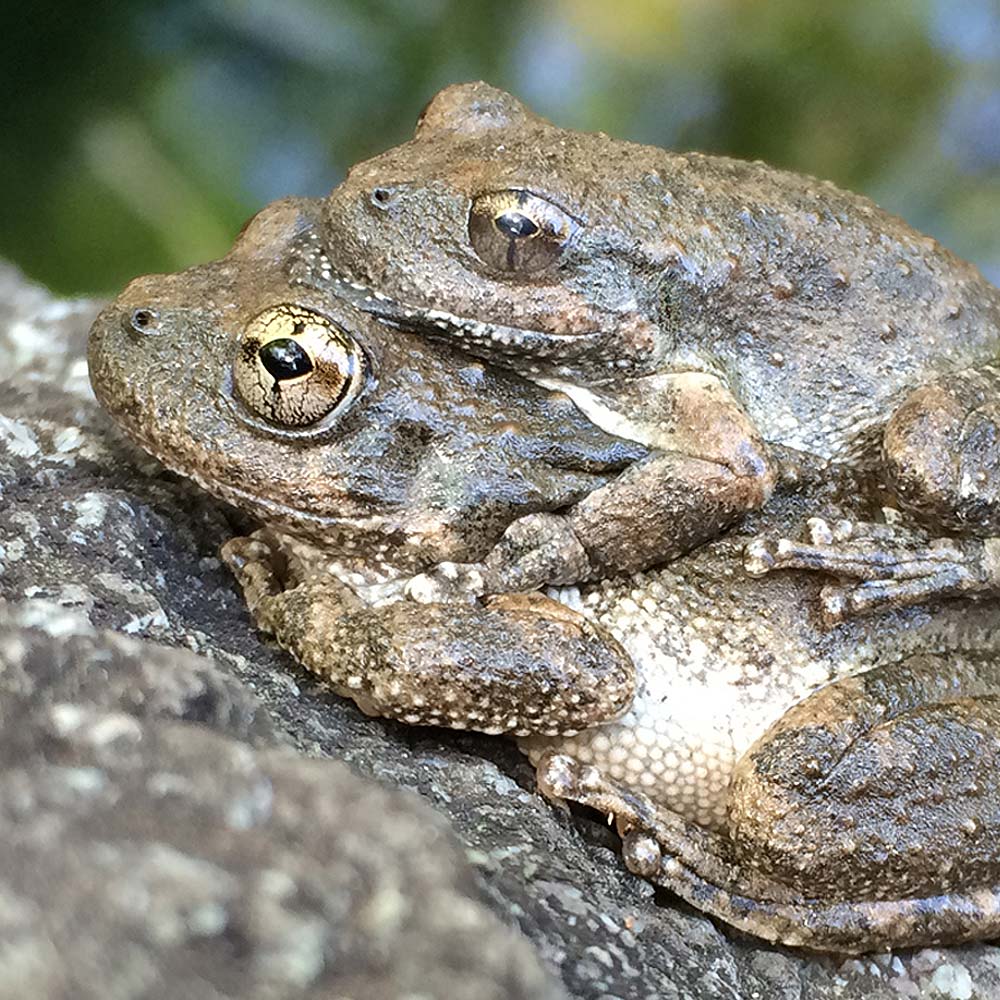
California chorus frog (treefrog)
An abrupt low-pitched quack
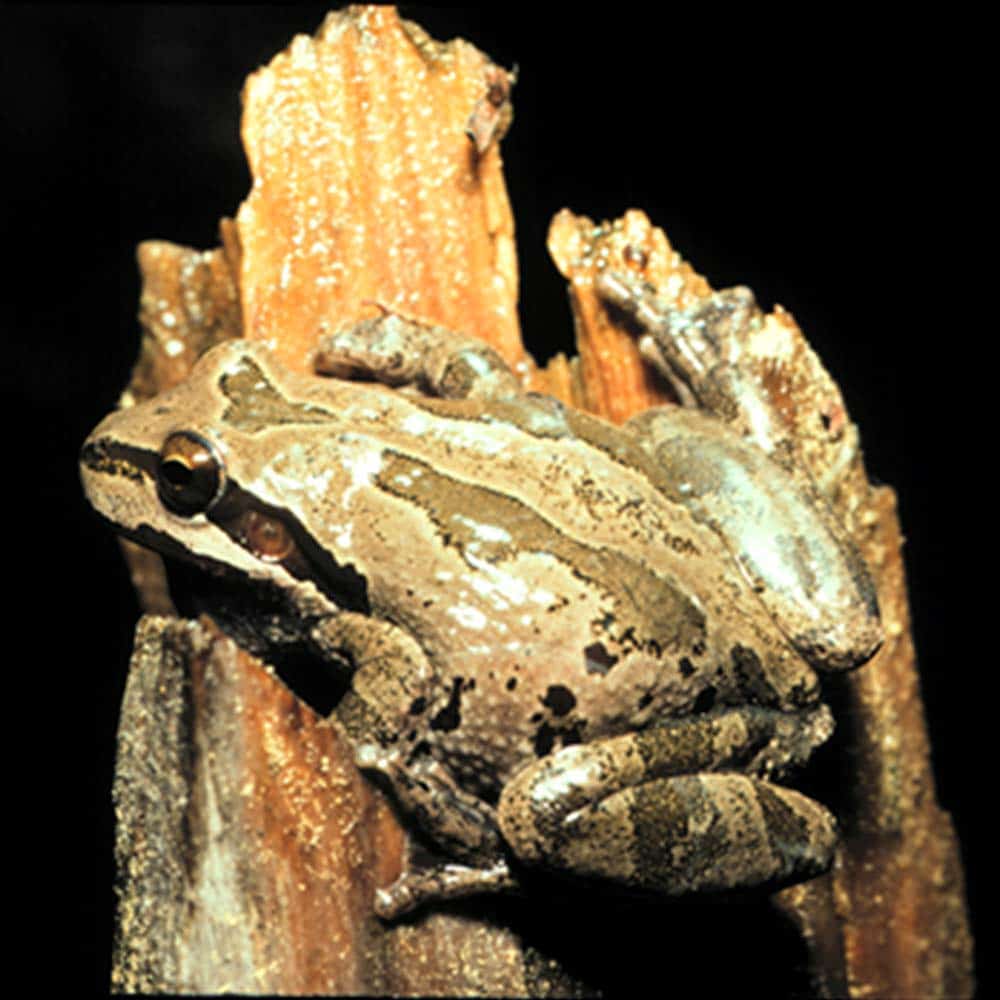
Photo: USGS
Baja California chorus frog (treefrog)
Stereotypical two part “kreck eck” or “rib bit” call
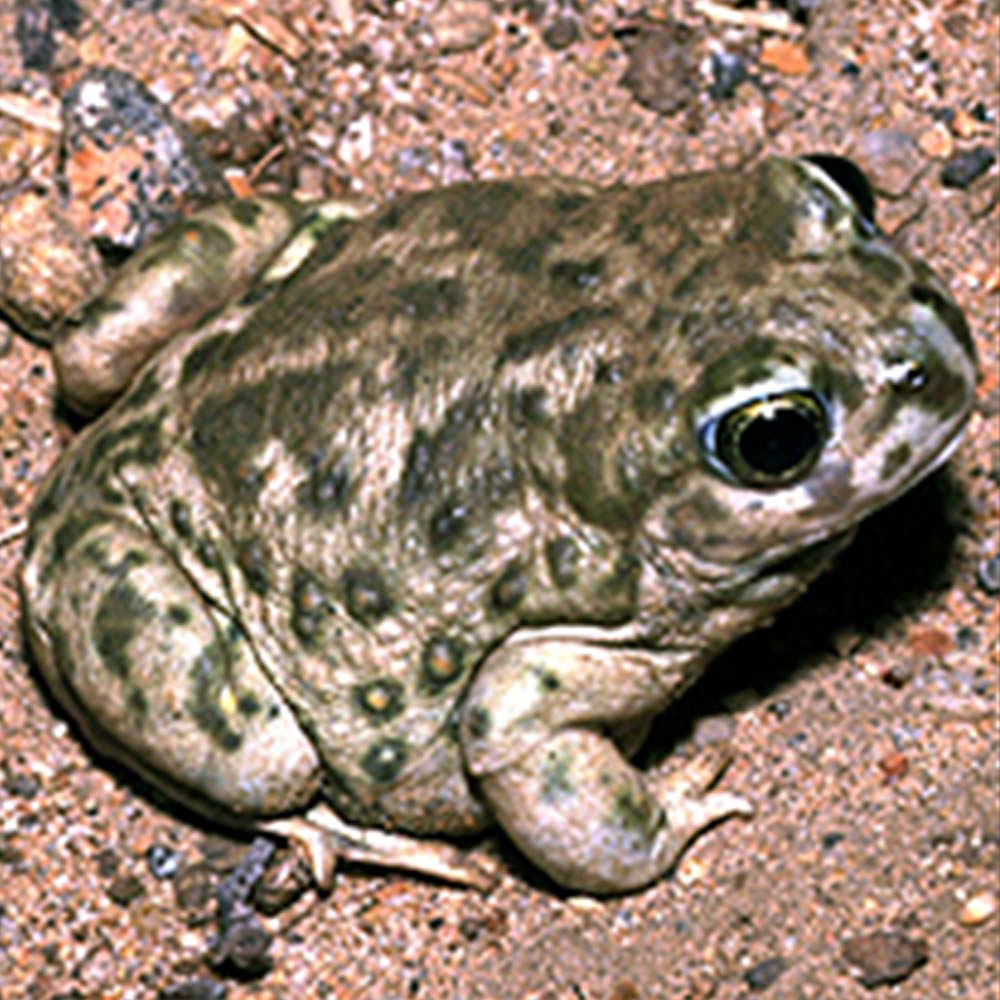
Photo: Chris Brown, USGS
Western spadefoot
A rolling trill lasting less than 1 second
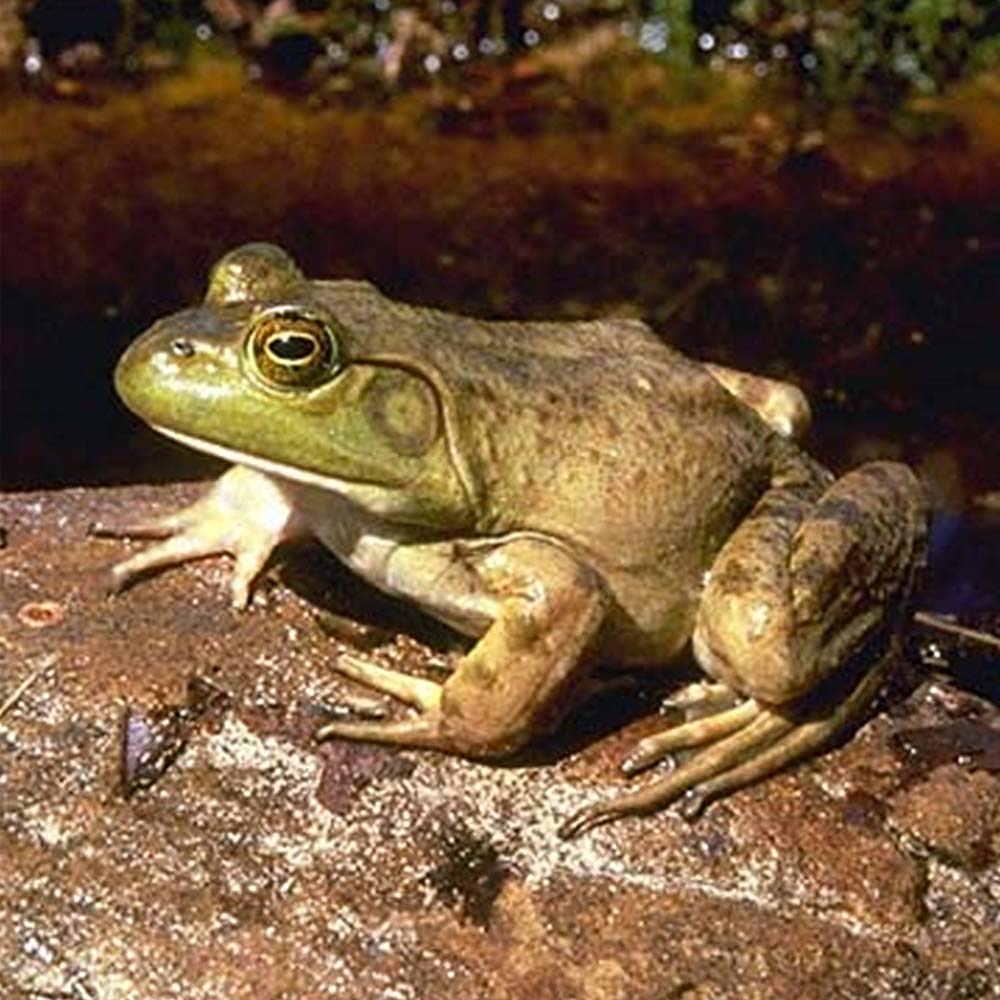
American bullfrog
A series of loud resonant bass notes, sounding like “rumm rumm rumm”
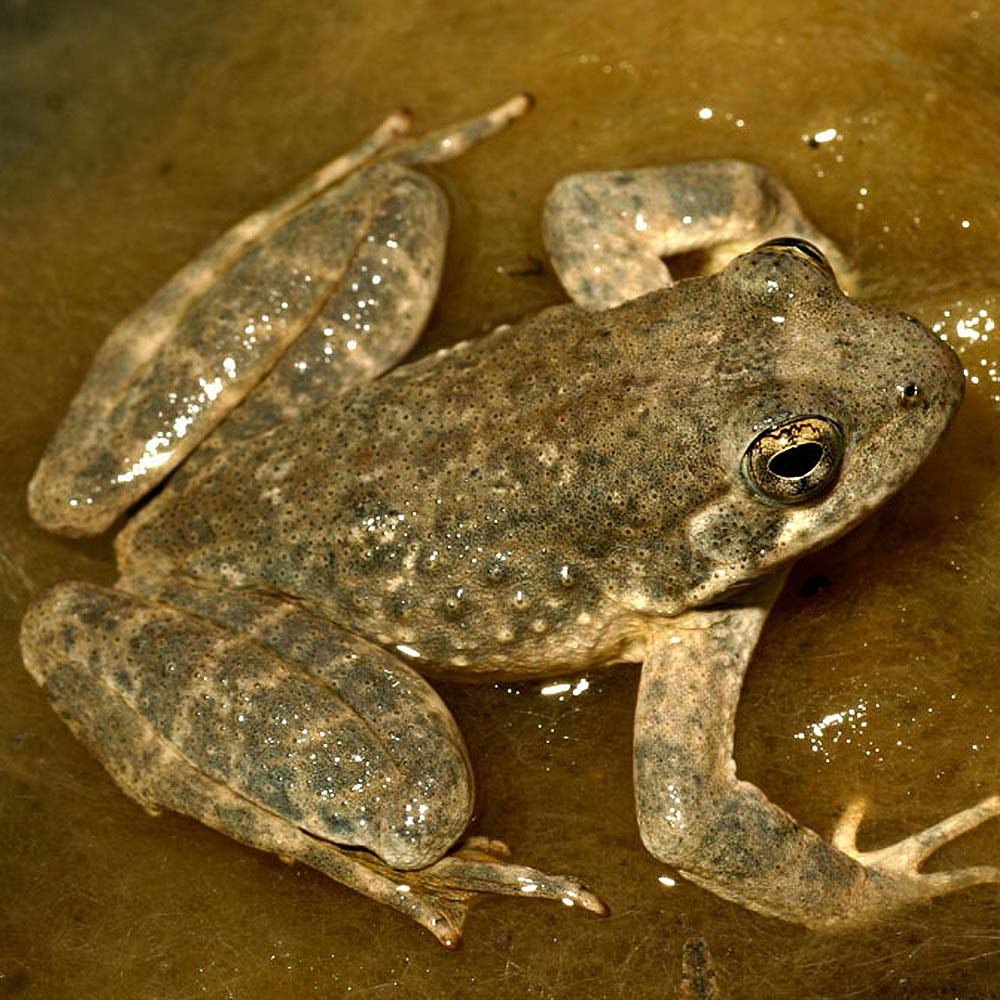
Photo: Gary Nafis
Foothill yellow-legged frog
A faint, one-note, low-pitched, raspy series of 4-6 notes per second, with grunts, oinks, and rattling
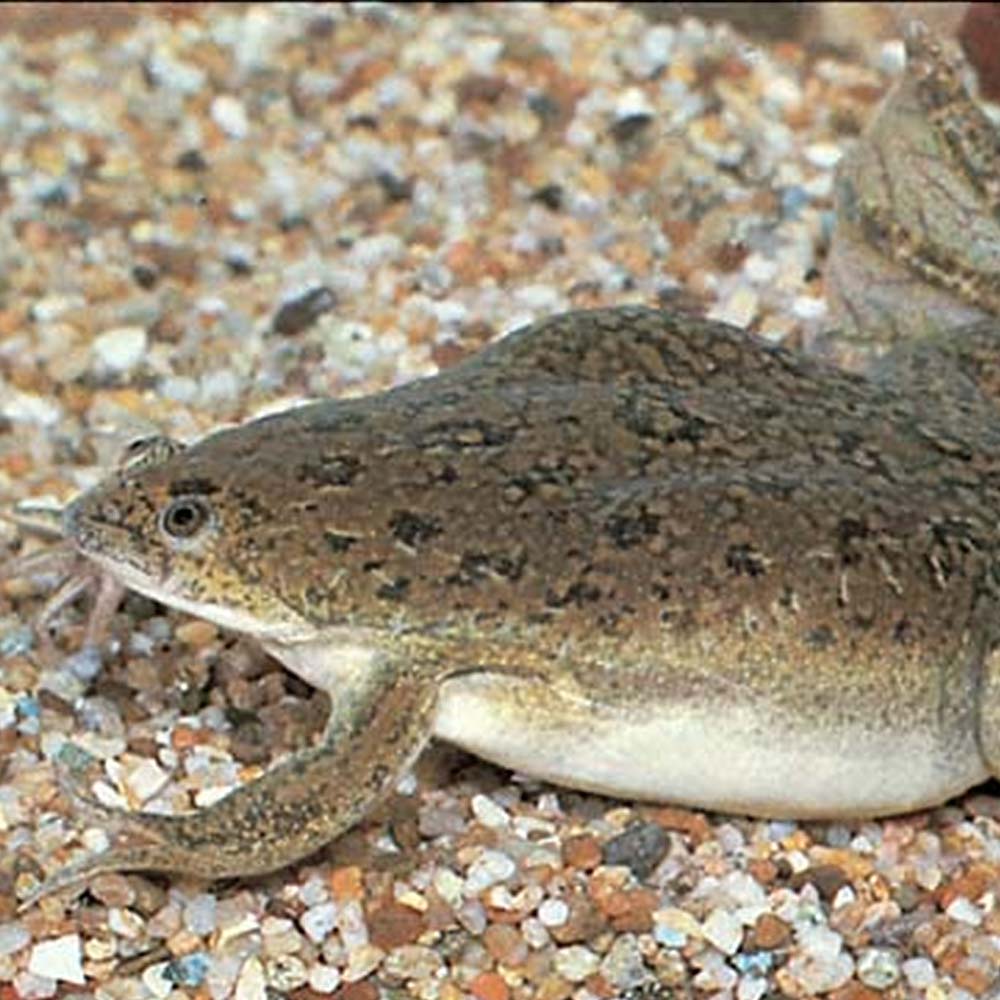
Photo: John H. Tashjian
African clawed frog
A two-part trill, about ½ second, repeated frequently
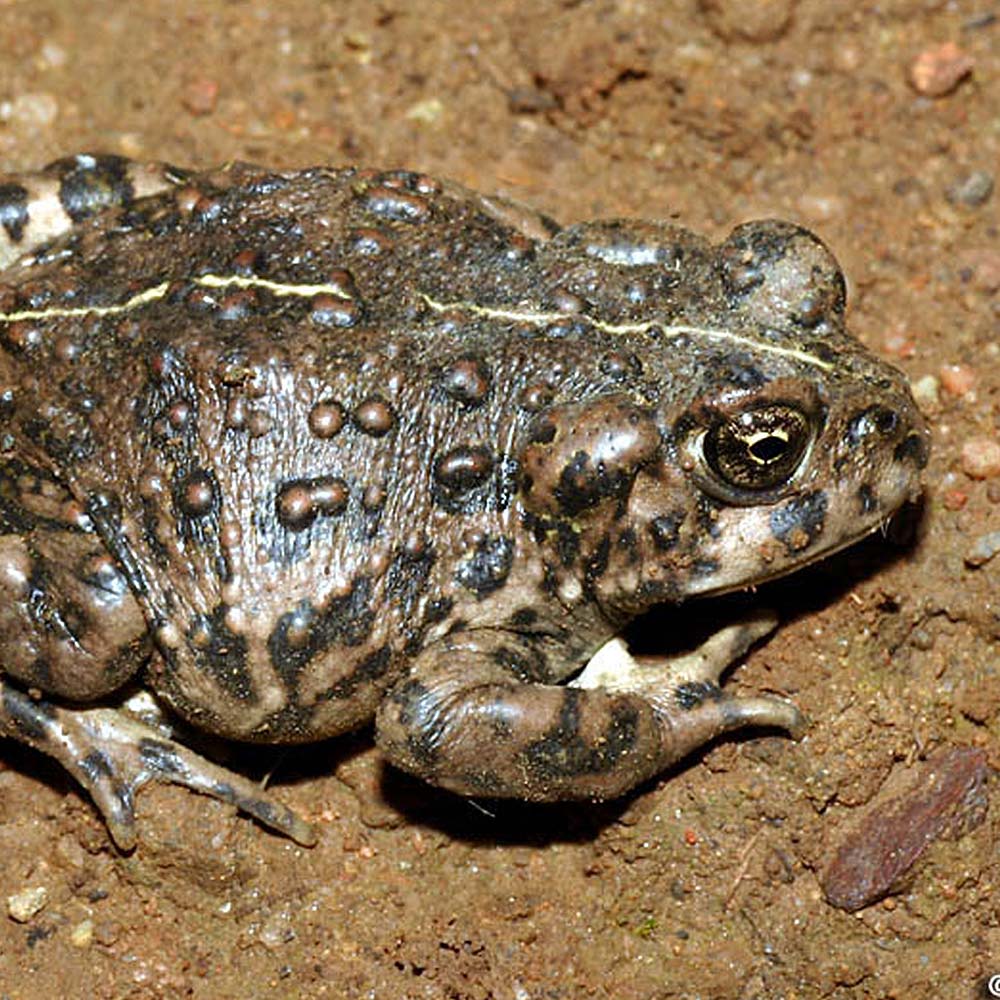
Photo: Gary Nafis
Western toad
Like the weak peeping of baby chicks
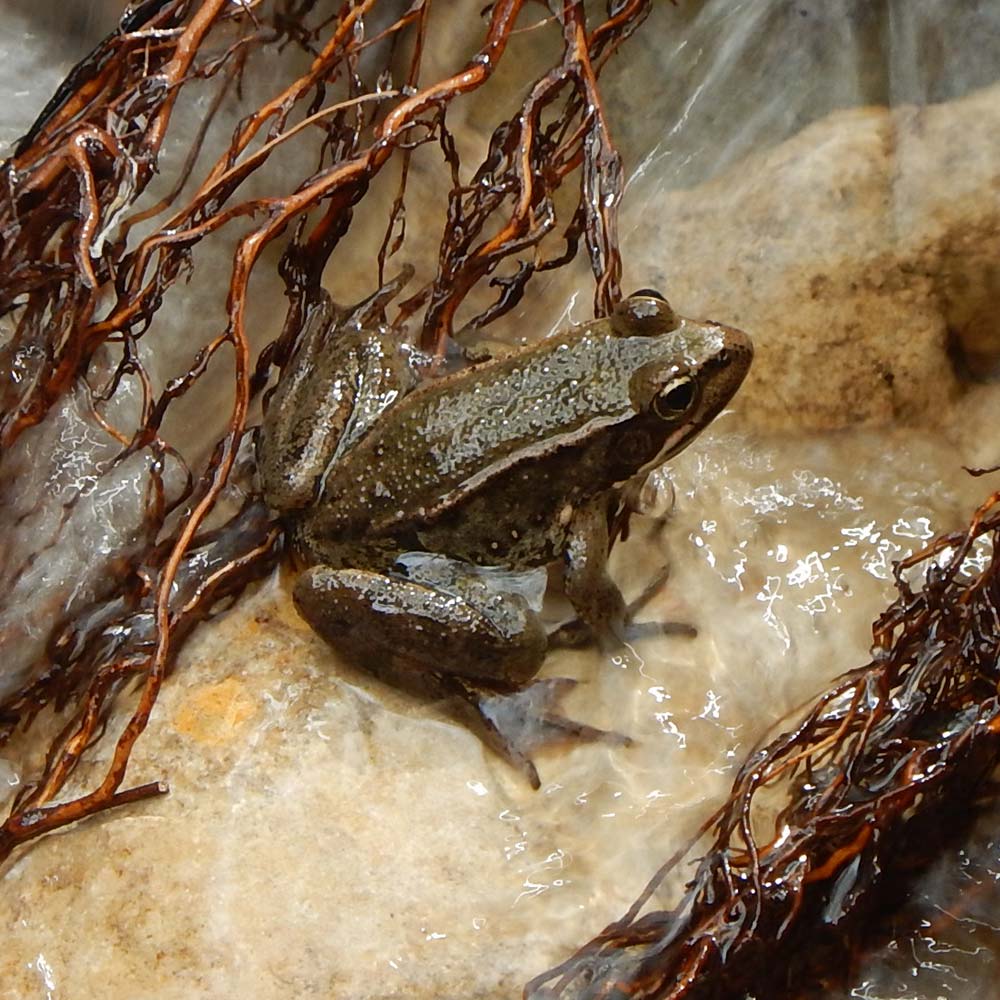
California red-legged frog*
Series of weak throaty notes, rather harsh, lasting 2-3 seconds and ending with a distinct grunt
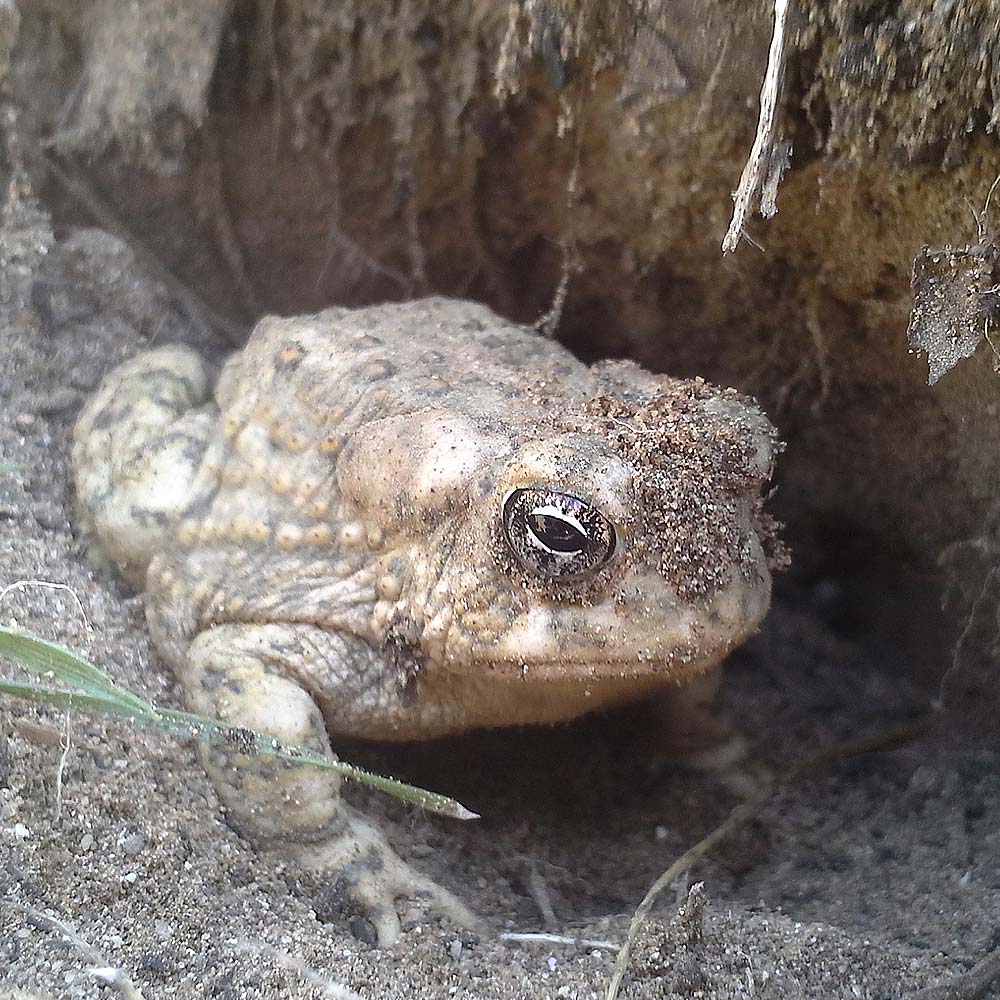
Arroyo toad*
Fast musical trill, about 6-10 seconds, rising in pitch, and ending abruptly
Call descriptions – all credited to Gary Nafis at californiaherps.com
* listed under the Endangered Species Act



